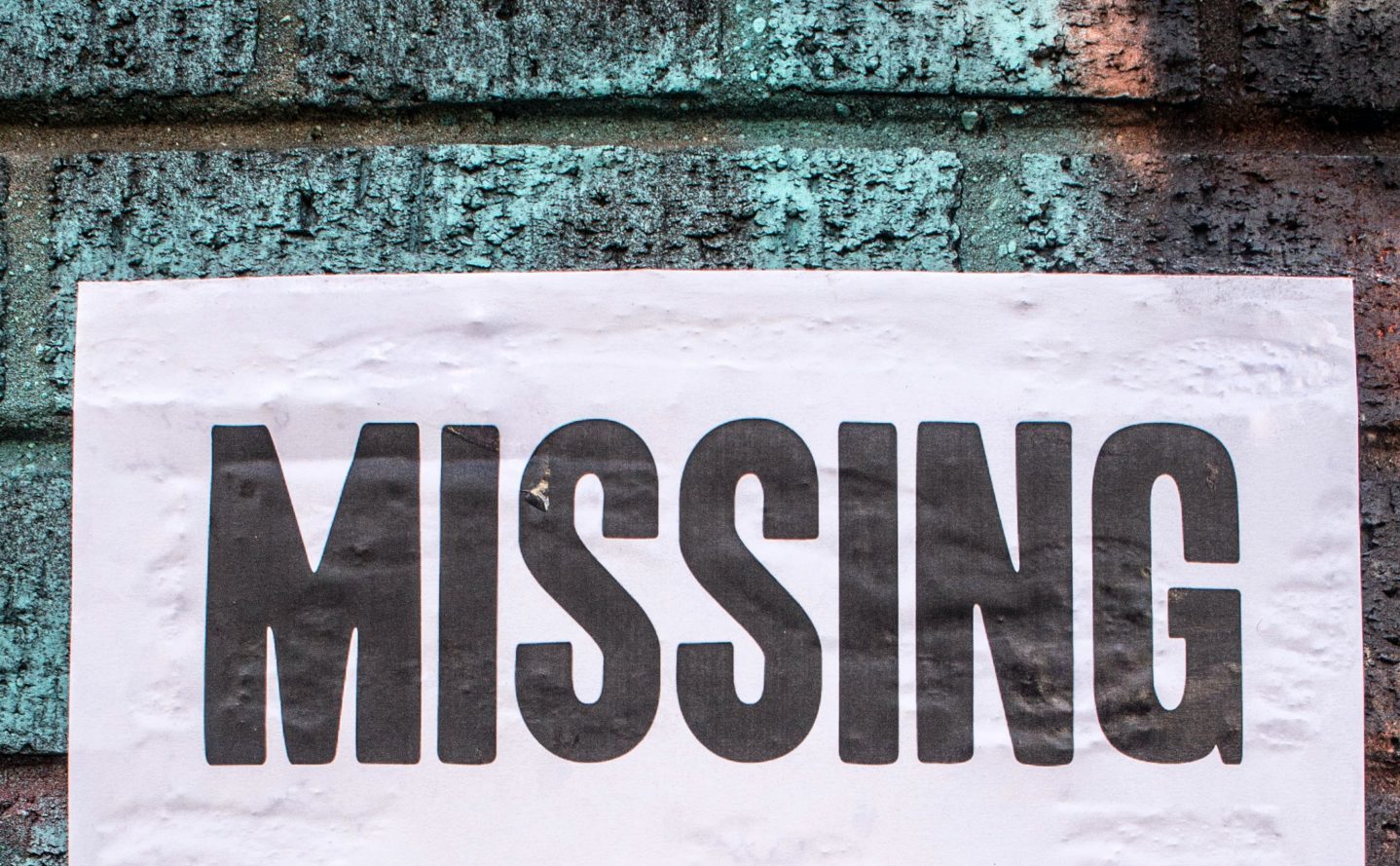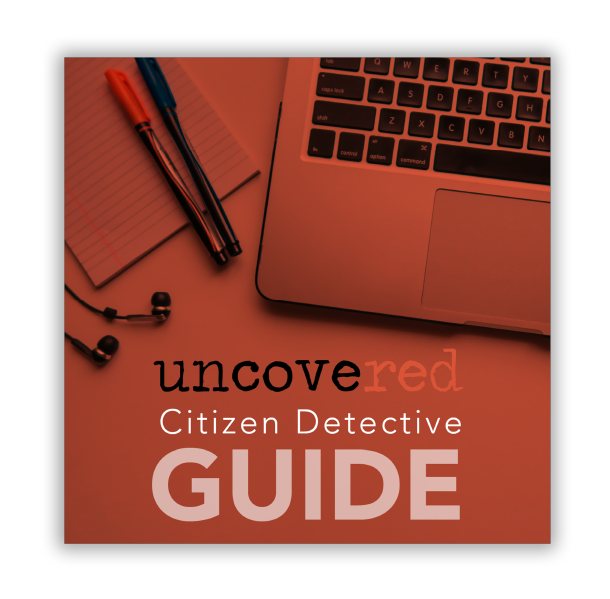Every year, approximately 600,000 people in the United States are reported missing, according to the National Missing and Unidentified Persons System (NAMUS). And every year, about 4,400 unidentified bodies are found, with 1,000 of them still remaining unidentified after one year.
And, as of December 2020, the FBI had 89,637 active investigations on kidnappings and missing persons.
Another sobering number is 48—as in the 48 hours, law enforcement officials consider critical in following up on the leads that can help them successfully track down a missing person. If investigators wait too long for critical details to emerge, there is a higher risk of the case going cold.

But those are just a compilation of numbers.
One look at the FBI’s Kidnapping and Missing Person’s File — a series of photographs of smiling children, women and men during happier times — makes it much more personal. These are the people who disappeared under mysterious circumstances, leaving their loved one with the haunting question of “What happened?”
The increasing popularity of “If I Go Missing” folder
With hundreds of thousands of people going missing each year, it’s no wonder that a popular podcast host hit a nerve when she encouraged listeners to create an “If I Go Missing” folder,
Ashley Flowers of the Crime Junkie podcast told her listeners to be proactive by providing vital information that can help investigators find answers as quickly as possible — if they should happen to go missing.
It can be a morbid exercise when you consider that you may be compiling information that could help law enforcement officials and forensic scientists identify your remains, but then again there are those numbers — 600,000 people missing annually. It’s the incentive people need to build their “If I Go Missing” folders.
In an interview with WCNC-TV, a sheriff’s office representative said these personal “If I Go Missing” files can eliminate some of the barriers that investigators face when conducting searches for missing people. “If you have one centralized location, it does circumvent having to write search warrants, court orders, trying to find someone who can give lawful consent to get access to this information,” Tony Underwood said.
Here’s a look at a step-by-step process for compiling the items needed for your own “If I Go Missing” file:
- Take a headshot photo. It should be a photo that clearly shows your face. Make sure to keep it updated as the years pass.
- Take photos of any identifying scars, birthmarks or tattoos. These also can be important in helping investigators track and identify you.
- Take photos of jewelry you wear often. If you have jewelry, such as an engagement ring, a wedding band, or a necklace, that you wear on a frequent basis, make sure to include photos of the jewelry in your folder.
- Have your fingerprints documented. Places like UPS, FedEx and Office Depot and local police departments all offer live scan and ink fingerprinting services that can be used in official investigations. For a list of public fingerprinting services in your state, check this searchable directory provided by National Background information.
- Compile login information for devices. Detectives can search for clues by checking activity on your computer, tablets and cell phones.
- Include cellphone and laptop serial numbers.
- Provide social media passcodes. This information often is critical for investigators, especially if you’re a frequent user of social media to interact with friends and acquaintances.
- Provide bank account numbers. Activity in your accounts — whether it’s a withdrawal on an ATM locally or in another state or a significant change in balances — can provide details that can help investigators trace your most recent steps.
- Include dental and medical records. Delays in an investigation can be frustrating for loved ones looking for answers. One of those areas can be retrieving dental records for identification purposes. However, if those records are readily available, the investigation can move forward more quickly.
- Include a copy of your driver’s license.
- Compile a list of the places you frequent. This list can include grocery stores, restaurants, coffee shops, neighborhoods of friends and family, gyms, etc. Make sure to include the addresses as well.
- Compile a list of contact information. Make sure to include the names and contact information of family members and close friends, and a brief description of how you know them.. In many cases, relatives may not be familiar with your friends. Likewise, your friends may not have contact information for relatives in the event you go missing.
- Create handwriting samples. Gather a few of your handwriting samples, including cursive and handwritten, to include in your file.
- Log information on each of your vehicles. Provide details such as license plate numbers, VIN, and color and make of the vehicle. Add photos of the vehicles to the file.
- Give an overview of your typical routes. This overview can include your day-to-day routines as well as any weekend trips you usually take. For example, if you regularly visit your parents or grandparents in a certain city, include those route details.
- Document any concerns. If you have been harassed by a stranger or anyone you know whether an ex, a co-worker, or a relative, document those concerns.
Securing your “If I Go Missing” documents
Another important step as part of compiling your documents is to ensure that they are secure — protecting them from the real threat of identity theft. Some experts recommend that you create a physical folder to contain the sensitive material instead of placing it online where your information can be hacked.
Instead, store the documents in a safe deposit box at a bank or another extremely secure place that’s accessible to a few people that you trust. However, there are other options, including a service provided by HelpYouFind.Me, which allows people to secure their “If I Go Missing” file in an encrypted digital database. People who use this service can specify who can access the private data and under what terms.
Staying proactive
Overall, the risk of you or someone in your family being abducted, kidnapped or murdered is not statistically high. According to NamUS, the rate is about 5.4 out of 100,000 people. And a significant number of the 600,000 people who go missing are found. However, like any good insurance, developing an “If I Go Missing” file can provide you assurance that you were proactive in the rare event that something unthinkable does happen.

